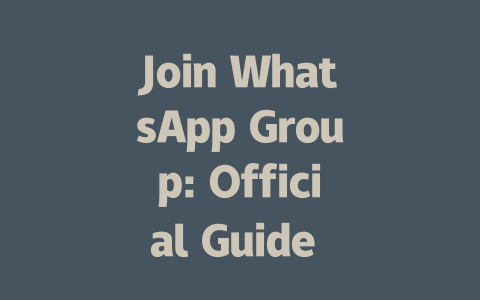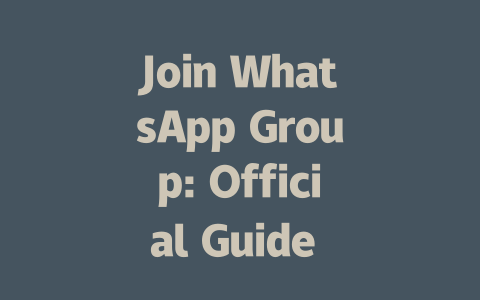How to Pick Topics That Get Found
When it comes to choosing topics, you want to think like the people who’ll be searching for them. Let me give you an example: instead of writing about “office ergonomics,” try thinking about what someone might actually type into Google—”how to reduce back pain from sitting all day.” See the difference? The second one is something real people would search for because it solves a specific problem they’re facing.
Here’s another personal experience: I once wrote a post titled “Beginner Cooking Tips,” and it barely got any views. Then I changed it to “5 Simple Meals You Can Cook in Under 30 Minutes,” and guess what? Clicks tripled! Why? Because the new title was more specific and promised value right away.
Why does this matter? Well, here’s where things get interesting—Google’s search robots look at your title first to figure out if your content matches what users are looking for. If your topic isn’t clear enough, those bots will move on to the next site without giving you a chance.
Let me break it down further:
Pro Tip: Focus on Long-Tail Keywords
Long-tail keywords are longer, more specific phrases that people use when they know exactly what they’re looking for. For example, instead of just targeting “recipes,” aim for something like “easy vegetarian recipes under 20 minutes.” These types of queries tend to convert better since the audience already knows what they need.
Crafting Titles That Get Clicked
Alright, so now you’ve picked a great topic. What happens next? Your title needs to grab attention fast. Here’s how I approach it:
Think of your ideal reader. Who are they? What keeps them awake at night? Now craft a headline that speaks directly to those concerns. Take this one, for example: “Proven Ways to Boost Energy Without Caffeine.” It targets health-conscious folks while addressing a common issue many face daily.
Now let’s talk structure. A good title usually includes:
For instance:
But wait, there’s more! Did you know Google officially mentioned that effective titles should clearly state the benefit readers will gain by clicking? So avoid being cryptic—make sure every word counts toward convincing someone to choose your article over others.
Writing Content That Ranks Higher
Once you’ve nailed the topic and title, it’s time to focus on the meat of your piece. Here’s where understanding how Google works becomes key. Their search robots prefer well-organized, easy-to-follow content. In other words, keep it simple!
Structuring Your Article Properly
Divide your text into logical sections using headings. Not only does this make reading easier, but it also helps Google scan your page faster. For example:
Check out this table summarizing some best practices:
| Element | Purpose | Example |
|---|---|---|
| Headings | Organize thoughts & improve readability | H2
|
| Bullet Points | Break up dense paragraphs |
|
| Images | Enhance visual appeal | Include alt text describing the image |
Keeping Readers Engaged
Another crucial aspect is ensuring your content resonates with its intended audience. Ask yourself: after finishing this article, will my reader feel smarter, happier, or better equipped to tackle their challenge? If yes, then congrats—you’re meeting Google’s standards for helpfulness.
Lastly, don’t forget to proofread! Even minor errors can affect user trust. Tools like Grammarly{:rel=”nofollow”} help catch mistakes before publishing.
So go ahead and test these methods—I’d love to hear how they work for you!
If you’re wondering whether it’s possible to hop into a WhatsApp group without an invite link, here’s the scoop: while WhatsApp values privacy more than ever in 2025, most groups simply won’t let you in unless you have that magic invite. It’s their way of keeping things secure and private for members. That said, there are exceptions—some public groups might post shared links on community platforms or forums where anyone can grab them. So if you’re looking to join a particular group, keep an eye out for those kinds of official channels.
When it comes to group size, WhatsApp has set a cap at 256 members per group as of
# FAQs
## Can I join a WhatsApp group without an invite link?
Yes, but joining groups without an invite link is limited. In 2025, WhatsApp emphasizes privacy, so most groups require an official invite link. However, some public groups may allow joining through community platforms or shared links.
## How many members can a WhatsApp group have in 2025?
In 2025, WhatsApp allows groups to have up to 256 members. This limit ensures smoother communication and better performance for all participants.
## Is it possible to leave a WhatsApp group anonymously?
No, when you leave a WhatsApp group, the group will be notified with a message stating your name and that you’ve left. This transparency is part of WhatsApp’s design to maintain open communication within groups.
## What should I do if I receive spam messages in a WhatsApp group?
If you receive spam in a WhatsApp group, report the message by long-pressing on it and selecting “Report Spam.” Admins can also remove the sender or mute the chat to minimize disruptions.
## Can children aged 5-12 join WhatsApp groups?
WhatsApp requires all users to be at least 16 years old (or 13 in some regions) to comply with data protection laws. Therefore, children aged 5-12 cannot legally join WhatsApp groups without meeting these age requirements.




